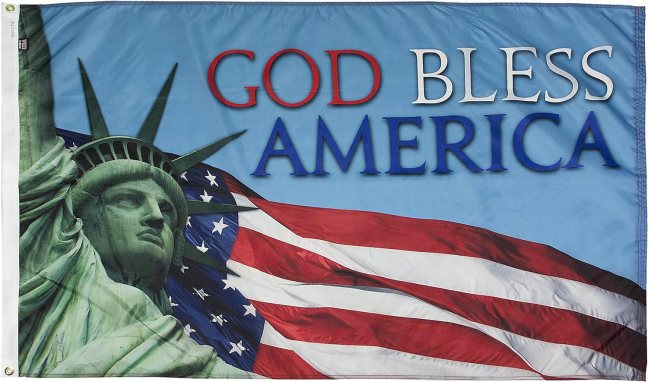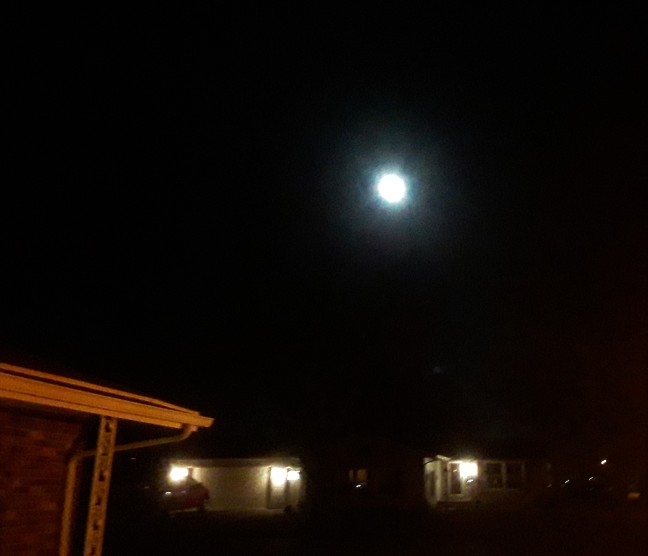When Ohio voters passed the statewide Issue 1 earlier this month, they enshrined in the state Constitution basic reproductive rights for women, including abortion.
Ohio became the seventh state where voters decided to protect abortion access after the U.S. Supreme Court overturned Roe v. Wade last year, and was the only state to consider a statewide abortion rights question this year.
I voted no, because I don’t think social issues should be codified in the Constitution. We should keep the discussion going.
Abortion is not the black-and-white issue that both sides think it is. Abortion is purely political; in its rawest form, it pits unborn babies against women.
There’s more to abortion than that, a lot more.
Women do use abortion as birth control; the far right is correct about that. I do not support that.
But women get abortions for other reasons as well. Rape. Abusive boyfriends/husbands, who sometimes force the woman to get an abortion even if she doesn’t want it. Accidental pregnancies.
Abortion did not become a mainstream political issue until Republicans made it one. Before 2020, the number of abortions was declining significantly in this country.
Abortion had declined dramatically
The Pew Research Center analyzed data from the Guttmacher Institute, which has tracked abortion rates for several decades, and the federal Centers for Disease Control and Prevention (CDC). The latest data from both organizations date to 2020, before Roe v. Wade was overturned.
Guttmacher recorded more than 1.5 million abortions in the U.S. in 1991, about two-thirds more than the 930,160 it reported for 2020. The CDC reported just over 1 million abortions in 1991 and 620,327 in 2020, looking at just the District of Columbia and the 47 states that reported figures in both years.
Guttmacher said that in 2020 there were 14.4 abortions in the U.S. per 1,000 women ages 15 to 44. Its data showed that the rate of abortions among women has generally been declining in the U.S. since 1981, when it reported there were 29.3 abortions per 1,000 women in that age range.
In the 46 states that reported data to the CDC in 2020, the majority of women who had abortions (57%) were in their 20s, while about three-in-ten (31%) were in their 30s. Teens ages 13 to 19 accounted for 8% of those who had abortions, while women in their 40s accounted for 4%.
The vast majority of women who had abortions in 2020 were unmarried (86%), according to the CDC, which had data on this from 39 states and New York City (but not the rest of New York).
The vast majority of abortions occur during the first trimester of a pregnancy. In 2020, 93% of abortions occurred during the first trimester – that is, at or before 13 weeks of gestation, according to the CDC. An additional 6% occurred between 14 and 20 weeks of pregnancy, and 1% were performed at 21 weeks or more of gestation. These CDC figures include data from 40 states and New York City (but not the rest of New York).
Church and state serve different purposes
There’s another issue at work here that Republicans, especially Christians – who, I’m sure, spearhead the pro-life, anti-abortion movement – aren’t recognizing.
Christianity is not a democracy, nor a republic. The United States is. Christian faith, or any faith for that matter, is a square peg that won’t fit in the round hole of the United States governmental system.
Jesus said, “I am the way, the truth and the life. No one comes to the Father except through me” (John 14:6). The United States doesn’t accept that, nor can it. The U.S., by its Constitution, is open to multiple ideas and ideologies. That’s why we have at least two political parties and independents who make their voices heard.
This is why banning abortion in the United States isn’t going to happen. Nor should it.
Of course, Christians can live out their principles, including in public – and we should.
Jesus loved women just as much as He loved unborn babies. There is plenty of evidence for this. Jesus was (and is) an equal opportunity lover of people. He doesn’t choose sides. Not in Israel and Palestine, not in Russia and Ukraine, not in China and Taiwan, not in men, women and unborn babies.
Jesus loves all.
So should we.
If we did, abortion wouldn’t be an issue in the first place.
That’s how we reduce and/or eliminate abortion. We take away the desire for it. We go after the root causes.
Abortion is a heart issue, not a legislative one.
Jesus was not an issues person. He was a people person, 100 percent. He would not march on Washington over abortion, pro or against.
But He would march to support the people involved in abortion. In fact, He did more than that. He died an ugly death on a cross for them.
Abortion is an issue. Let’s turn our attention to the people behind it, and see how our perspective changes.
A feminist whom I follow on Facebook cheered the vote results from earlier this month. In a column posted the day after the election, Connie Schultz printed photos of her four strong granddaughters (she also has four grandsons), with this comment:
Our grandchildren are too young to know or care about how Grandma navigates her days, but someday they might wonder how I spent my time on this earth when they weren’t watching. When they find out, I hope they feel proud.
She missed the irony. If abortion rights were legal, her grandchildren might never have been born.
It’s about the people. It’s about her grandchildren, and their mothers.
And all mothers.
Fathers, too. Feminists tend to think men don’t matter, or don’t matter much.
All people matter. Not in varying degrees, but 100 percent. You and me both. And everyone else.
Everyone.
That’s why abortion should not have been codified in the state Constitution. I hope it becomes irrelevant.
It’s about the people, not the issue itself.

